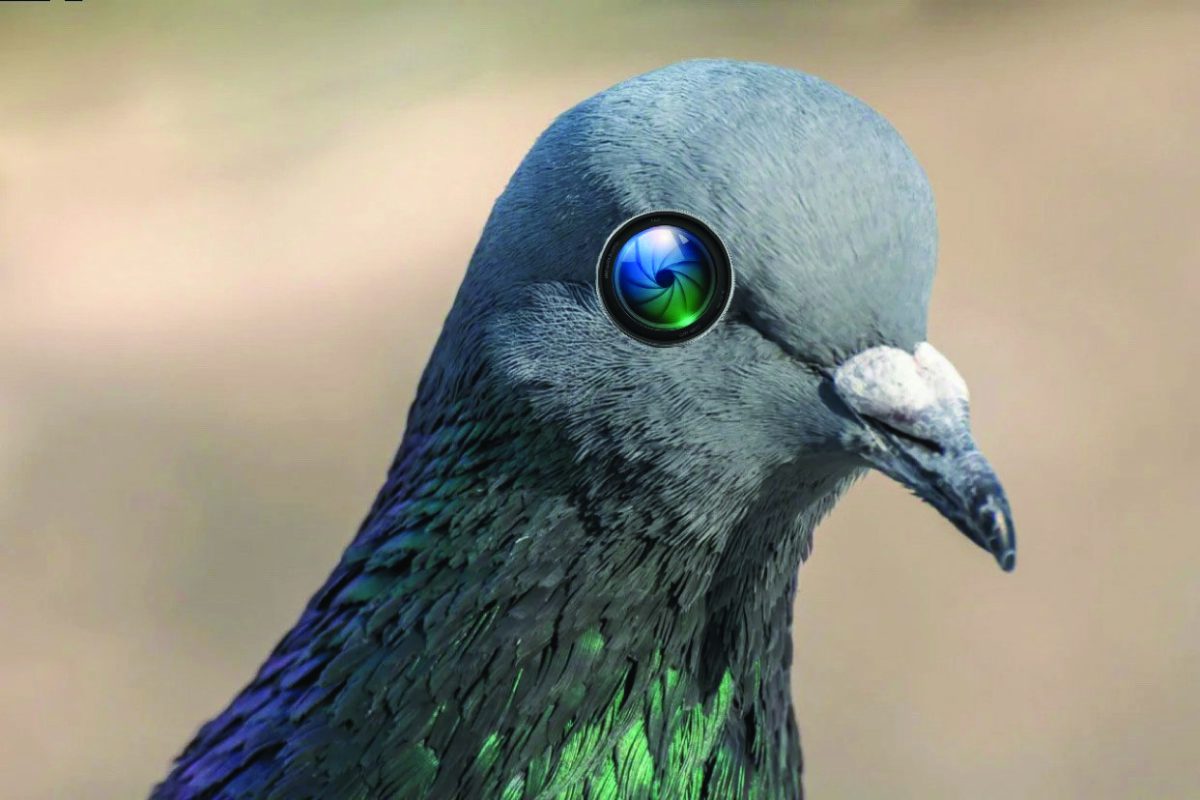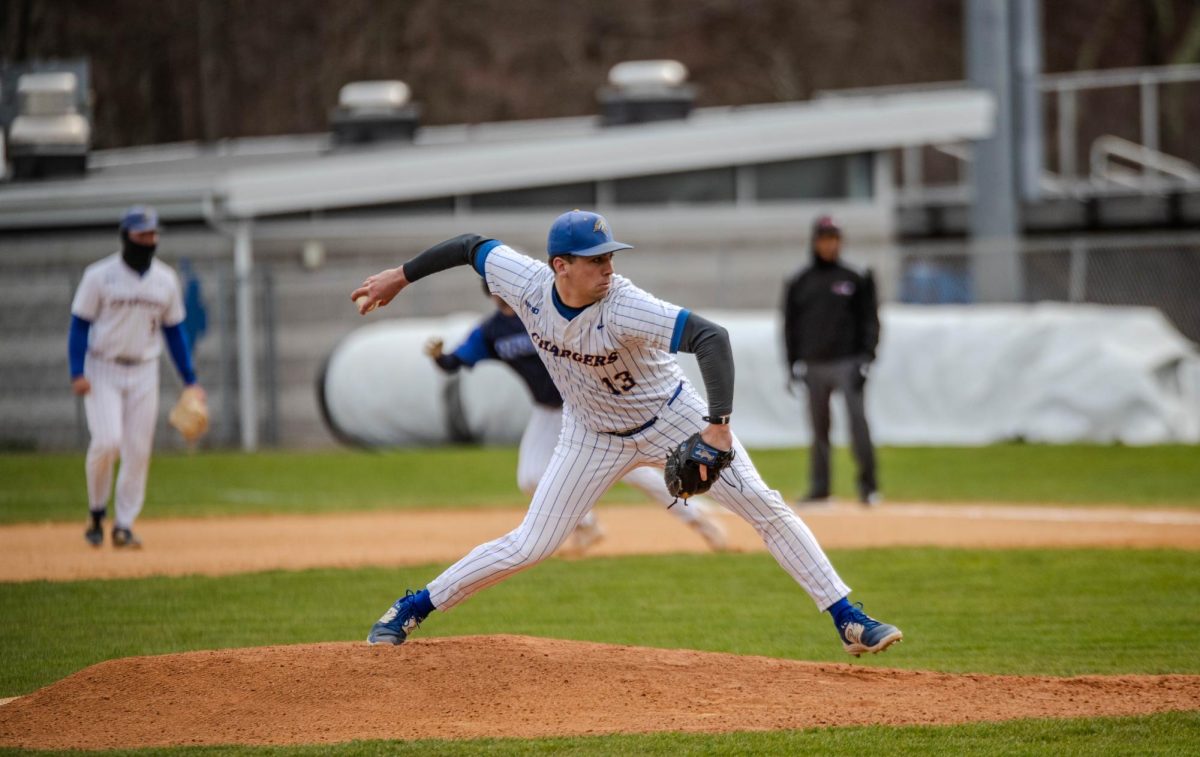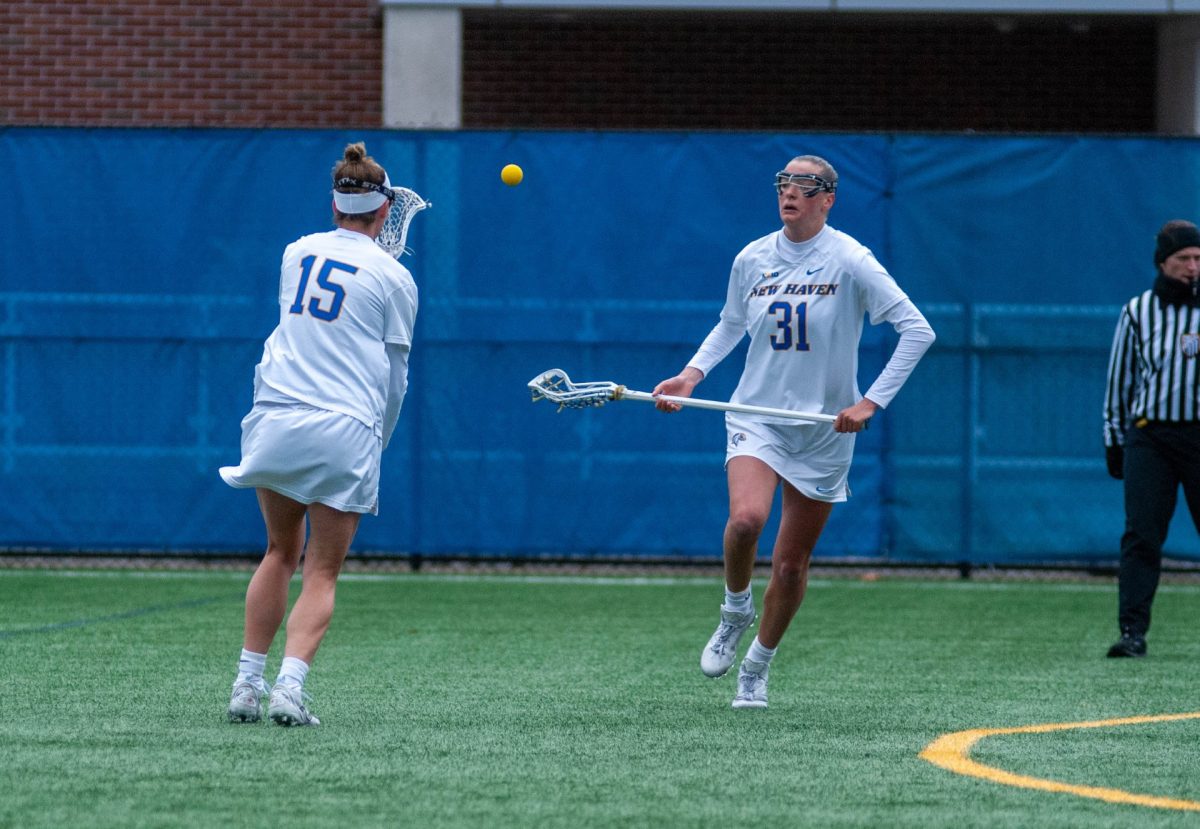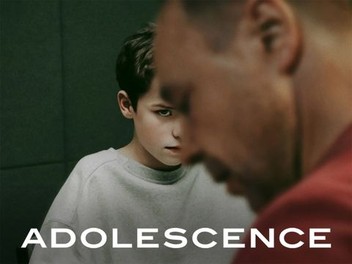As a way of celebrating the 50th anniversary of the cross country program at the University of New Haven, I had the pleasure of meeting alumni who were also Charger athletes. However, little did I know, I was able to share more than running with one of them.
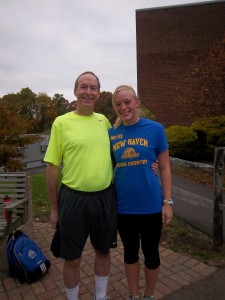
Gary Ostapeck was not only a runner at UNH, but he was also a runner for the Shenendehowa “Shen” high school class of 1970. A smile jumped across my face since Shen is also my high school alma mater. It was a blast from the past.
Who knew you could have so much in common with a complete stranger? We shared memories that bridged the gap between the years as he told me what the schools used to be like. It was igniting to get a share of his real life experiences. I saw the enthusiasm cross his face as he learned about everything that had grown and changed.
Ostapeck has lived in California without returning to either of our alma maters for 38 years, so to relinquish his curiosity and see everything he could have only imagined was a dream come true. Both schools have drastically changed in a good way, but what was even more amazing was sharing our common aspirations for running, which are ageless.
Both Ostapeck and I are middle distance runners with the same strategy. We are not shy to admit we had (or, in my case, still have) pacing problems, but we are proud to pronounce our hidden kicks, which is how Ostapeck got his nickname “Ostakick.” In high school, I spent a lot of time as an anchor of relays because of my kick, and Ostapeck also has experience with the stressfulness of being what it all comes down to.
The years have taken both schools through quite a metamorphosis. Ostapeck graduated Shen with 260 students, whereas I graduated in 2011 with a class of over 800. In 1969, Shen decided to upgrade and build their first track. It was a green track that everyone envied, and Ostapeck was one of the first to use the track. It was amazing then, and even though they replaced it at the end of my junior year, it will remain amazing, going down in history as the only green track in New York’s suburban council.
Other high schools loved to race and open their seasons on our track, and I remember all my late nights on that track. It was a magical track where runners were shaped into athletes and prospered towards achieving the personal records they sought for; I mean, it did foster at least two amazing runners.
Ostapeck, like any other freshman new to college, felt just as nervous as all of us, but he found his niche in running. To be able to find that stillness in something as simple but trivial as running is overwhelming; it can turn a horrible day around.
For a few hours, everything else in the world is forgotten, nothing else matters, and you are able to run away the anxiety and stress to relax and focus on yourself.
I was new to cross country coming into the program at UNH, but now I will admit it is my favorite. Many thought they would never hear me say that, but I guess Ostapeck is right on another thing; XC creates a strong unique bond within a team.
Ostapeck was also one of the decision makers in whether our school would be called the University of New Haven or New Haven University. He favored the word “university” in front of “New Haven.”
Upon his return, he was immediately thrown off by the changes in the city alone, but the campus was also completely different. He told me a funny story about how in the winter he and his friends took lunch trays and slid down the hill where Dodds is now.
Ostapeck also was astonished by all the available on-campus housing; he lived in Bethel throughout all his years attending UNH. He also graduated before North Campus sprouted baseball, softball and football fields. The school is still experiencing many changes and advancements, and I’m sure I will be in just as much awe when I return in 38 years. However, the one thing that will remain consistent (and that Ostapeck can also agree with me on) is the immediate homey, small campus appeal.
Ostapeck graduated from UNH in 1974, and is now the Vice President, Senior Financial Advisor for Merrill Lynch. He hasn’t stopped running. I hope I don’t fall short of living up to his standards. He runs six times a week at 61 years old; I can’t imagine a better lifestyle.
“I’d rather run,” Ostapeck said, and I couldn’t agree more. I might find some workouts hard, and they may test my will to continue, but another thing to add to the list of things that Ostapeck and I have in common is that we believe it’s all worth it in the end.



